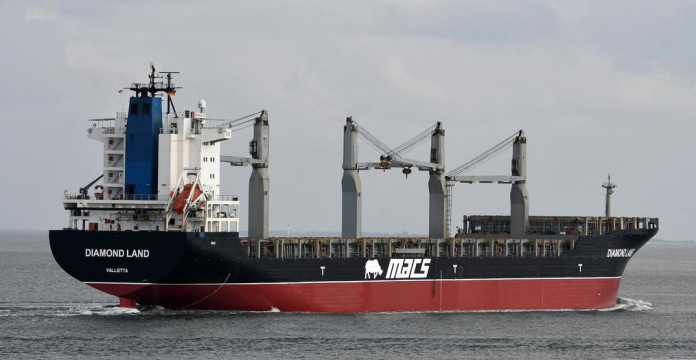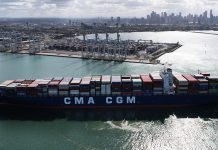
Despite more non-cellular container ships being assigned in liner services, this remains insufficient to alleviate the tight capacity.
Alphaliner’s latest report, released today (31 August), indicated that the total capacity of non-cellular ships on regular liner services has increased by 21.6% this month, compared to a year ago.
However, these vessels, namely multi-purpose and general cargo ships, account for just 1.1% of the total container fleet active on liner services.
Alphaliner explained, “Since the average capacity of these ships stands at only 525 TEU, their global capacity effect is quite limited anyway and the role that such vessels play on liner services is expected to decrease soon, now that container cargo demand started to ease.”
Alphaliner’s tally of non-cellular vessels only includes those which are deployed on regular services. Alphaliner has excluded ships trading on parcel services, where the port rotation is entirely subject to sufficient cargo volumes. Vessels carrying forest products and taking additional containers as deck load or taking a container load on a return trip are excluded from Alphaliner’s calculation.
Newcomers to container liner shipping, in particular, turned to non-cellular boxships to fulfill their needs. For example, DKT Allseas chartered a number of such ships, which can each carry 1,400 to 1,900 TEU, for its China-Bangladesh-Europe service. This explains why 12,320 TEU of non-cellular capacity is assigned to the Asia-Europe trade, tripling from last August.
Most of the non-cellular ships in liner trades are in intra-Asia routes, operated by Indonesia’s Meratus Lines and Samudera Shipping, as well as China’s No. 2 coastal boxship operator, Quanzhou Ansheng Shipping.
The largest liner operator, MSC, is also the second largest player in deploying non-cellular boxships, having included such vessels in its long list of second-hand tonnage acquisitions.
These ships, 1,704 TEU MSC Silver II, 1,878 TEU MSC Diamond II and 1,842 TEU MSC Madison II, now ply feeder routes in East Africa, along the West Coast of South America and within the Mediterranean.
Martina Li
Asia Correspondent





